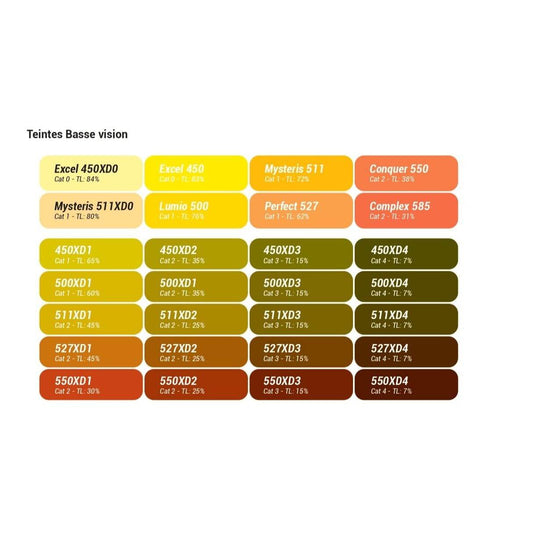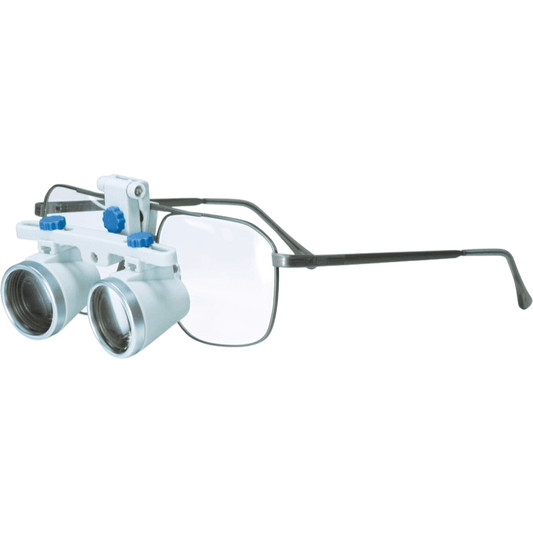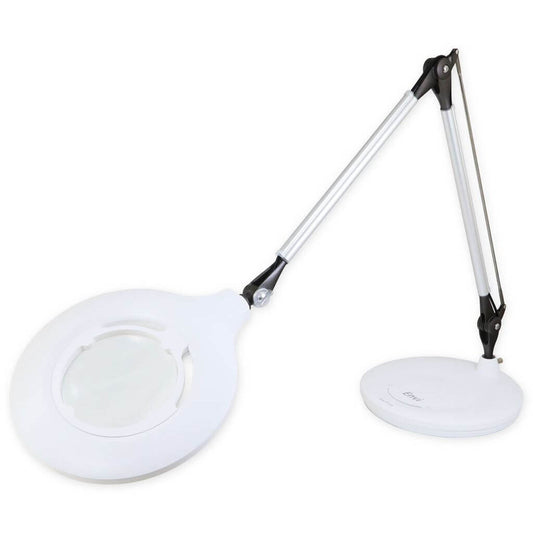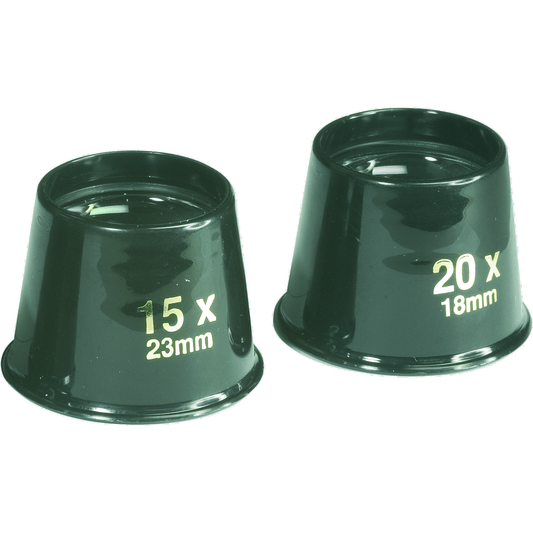Tailored Eye Care Solutions for Every Need
Transform Your Vision Care and Protection Experience
Are any sunglasses suitable for you? How to choose the right lens tint or filter for sunglasses if you have an eye condition? How can filters with therapeutic effect improve the quality of your vision or that of a family member who has an eye condition and has tried different glasses?
Certain eye conditions may require sunglasses with special filters primarily to improve visual function by enhancing contrast and reducing symptoms of glare and light sensitivity (photophobia), and in some cases, to protect the eye from further damage caused by harmful high-energy light wavelengths. They do this by selectively absorbing specific parts of the light spectrum that cause problems for a diseased or ageing eye. Sunglasses with individual and enhanced protection are suitable for you if you have been diagnosed with:
1. Cataracts
Cataracts occur when the lens of your eye becomes clouded, leading to blurred vision. Treatment involves surgical removal of the clouded lens, which is often replaced with an artificial lens. Recognising early symptoms like increased glare at night or double vision can prompt timely treatment. Photosensitivity, or light sensitivity, is a common symptom of cataracts, which can also cause glare, halos, and blurred vision.
2. Glaucoma
This condition is marked by increased pressure in the eye, potentially leading to optic nerve damage and vision loss. Regular eye exams are vital for early detection. Treatments may include prescription eye drops, laser treatments, or surgery to lower intraocular pressure. Photosensitivity, or light sensitivity, is a common symptom of glaucoma caused by increased pressure in the eye. This can lead to discomfort in bright light, glare, and difficulty adjusting to different light levels, which can impact daily activities like driving.
3. Macular Degeneration
Typically age-related, this condition affects the central vision. While it cannot be cured, laser therapy, injections, and vitamins may slow its progression. Lifestyle choices, such as a diet rich in antioxidants, can also mitigate risk. Photosensitivity, or light sensitivity, is a common symptom of macular degeneration, making bright lights and glare uncomfortable. This occurs because the macula, which is damaged in the disease, is responsible for sharp, central vision and contains many light-sensitive cone cells.
4. Diabetic Retinopathy
Diabetes can result in damage to the blood vessels in the retina, requiring comprehensive eye treatment. Regular monitoring and management of blood sugar levels can help prevent this condition from worsening. If diabetic retinopathy develops, treatments like laser surgery or injections may improve vision. Photosensitivity can be a symptom of advancing diabetic retinopathy, but it is also associated with other diabetes-related eye conditions like cataracts and glaucoma. The light sensitivity can be caused by damage to the retina, such as the destruction of the retinal pigment epithelium, or by increased light scatter from photocoagulation scars.
5. Optic nerve atrophy
Photosensitivity can be a symptom of optic nerve atrophy, a condition where the optic nerve is damaged and vision deteriorates. While optic atrophy is characterised by vision loss and reduced colour vision, and difficulty with dim light adaptation, some forms, are specifically linked to increased light sensitivity (photophobia). It can also be associated with difficulty recognising colours and slow adaptation to light changes.
6. Photosensitive migraine or epilepsy
Photosensitivity can trigger symptoms in people with photosensitive epilepsy or with photosensitive migraine, or with both. While photosensitive epilepsy involves seizures triggered by flashing lights, migraines can be triggered by light and cause headaches, dizziness, or nausea, but not necessarily a seizure. Some people with epilepsy also have migraines, and there is an overlap in the underlying brain excitability issues that can cause both conditions.
7. Dyslexia
Dyslexia and light sensitivity are linked through a condition called visual stress (also known as Meares-Irlen syndrome), where a person is sensitive to light, patterns, and flicker, which can cause visual distortions like moving or blurring text.
8. Dry eye syndrome
Dry eye can cause light sensitivity (photophobia) because an unstable or poor-quality tear film fails to create a smooth surface for light, scattering it instead and overstimulating the nerve endings on the cornea.
9. Colour blindness
Filters for colour blindness work by using specific lenses to block certain wavelengths of light, reducing the overlap between colours that can confuse the brain. These filters are not a cure, but they can help improve colour differentiation for many types of colour vision deficiency.
10. Pigmentary retinitis
Pigmentary retinopathy is a genetic disease that attacks the photoreceptor cells of the retina. The field of vision becomes tubular - central vision only. Retinopathy gradually leads to blindness. Filters for retinitis pigmentosa (RP) glare primarily work by absorbing short-wavelength light (blue and violet light), which is scattered more easily within the eye and causes visual discomfort, hazy vision, and reduced contrast. By filtering out these wavelengths, the remaining light provides a clearer, more comfortable image.
or
You have other reasons for symptoms such as:
- Glare from light sources
- Increased sensitivity to light
- Colour perception disorders
- Contrast vision disorders
- Eye fatigue when working with computers and screens
- Fear of unprotected eyes from UV radiation or blue light
Our sunglasses with special filters can protect the eyes from photosensitivity, provide enhanced protection against the sun rays and improve contrast. Order the sunglasses online
or
Book consultation
Featured products
-
Sunglasses Prescription Glasses SUN SMITH for Diabetic Retinopathy
Regular price From £90.00 GBPRegular priceUnit price per -
Sunglasses Prescription Lenses SUN SMITH for Eyes with Glaucoma
Regular price From £80.00 GBPRegular priceUnit price per -
Galiléi Deluxe Edition Glasses for Dentist
Regular price £749.00 GBPRegular priceUnit price per -
Prescription Glasses Sunglasses SUN SMITH for Eyes with Cataract
Regular price From £90.00 GBPRegular priceUnit price per -
Prescription Frame Men's Moisture Chamber Glasses for Dry Eye
Regular price £180.00 GBPRegular priceUnit price per -
EnviLoupe lamp and magnifier for cosmetology
Regular price £194.30 GBPRegular priceUnit price per -
Watchmaker's aspheric magnifier
Regular price £51.60 GBPRegular priceUnit price per -
Jeweller's magnifying glass Steinheil
Regular price £99.80 GBPRegular priceUnit price per
CHUWI Corebook X Gaming Laptop [Intel Core i5]

Smartphones and Tablets
Smartphones and Tablets Best Deals on Unlocked Smartphones and Tablets To find...
-

MELANOMA TREATMENT AT ONE OF WORLD'S TOP 10 HOSPITALS
Read moreMedical tourism for the treatment of melanoma or other cancers
-

















